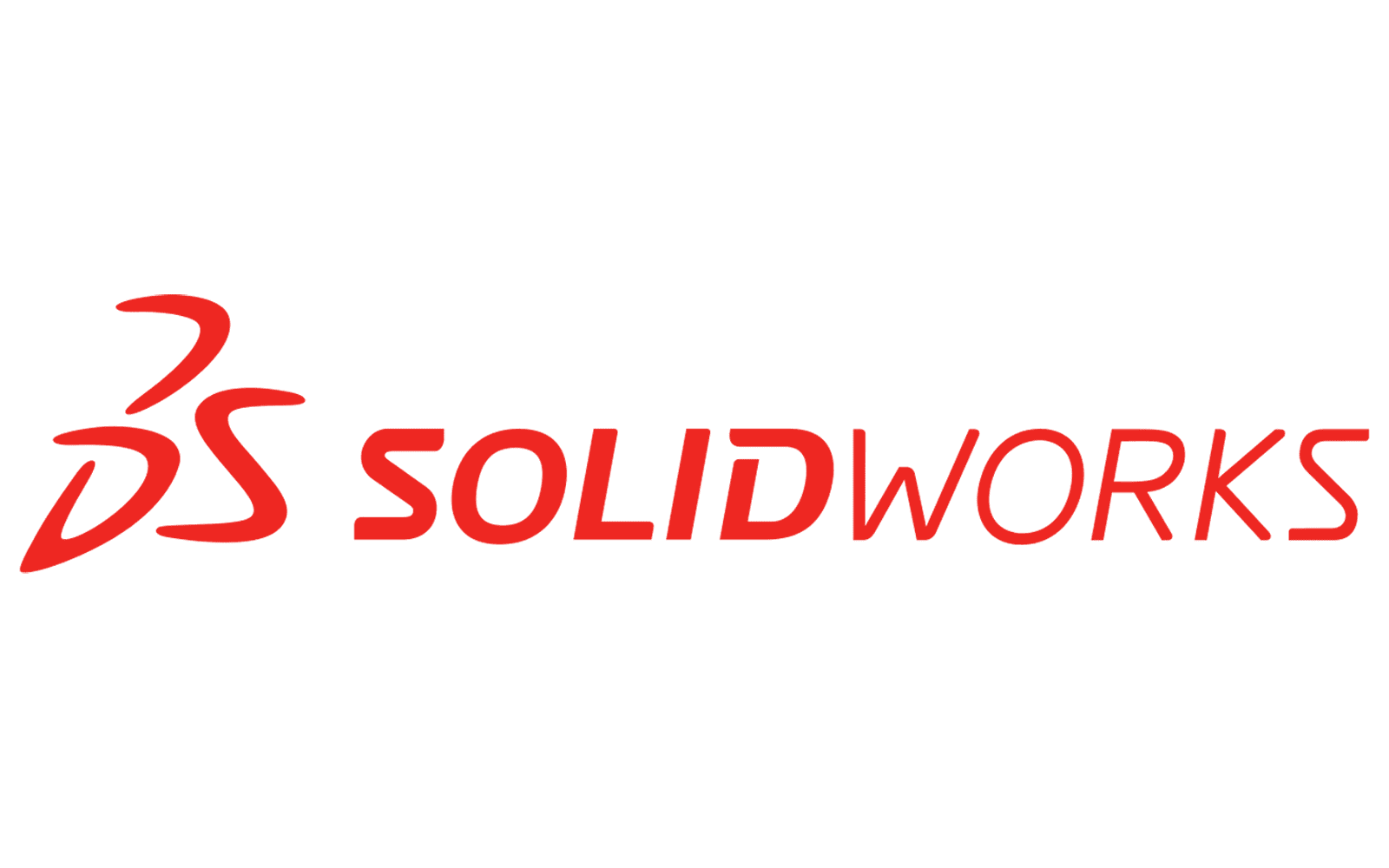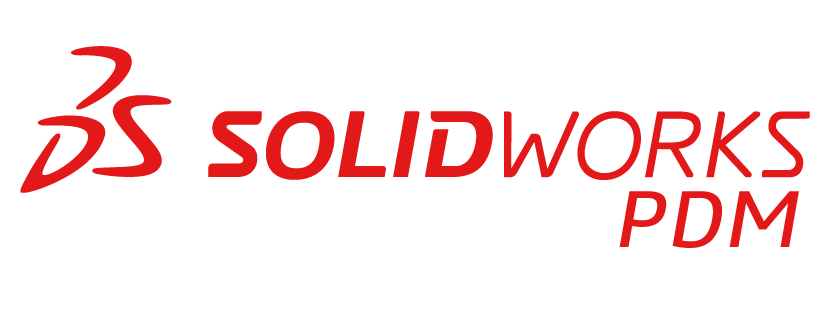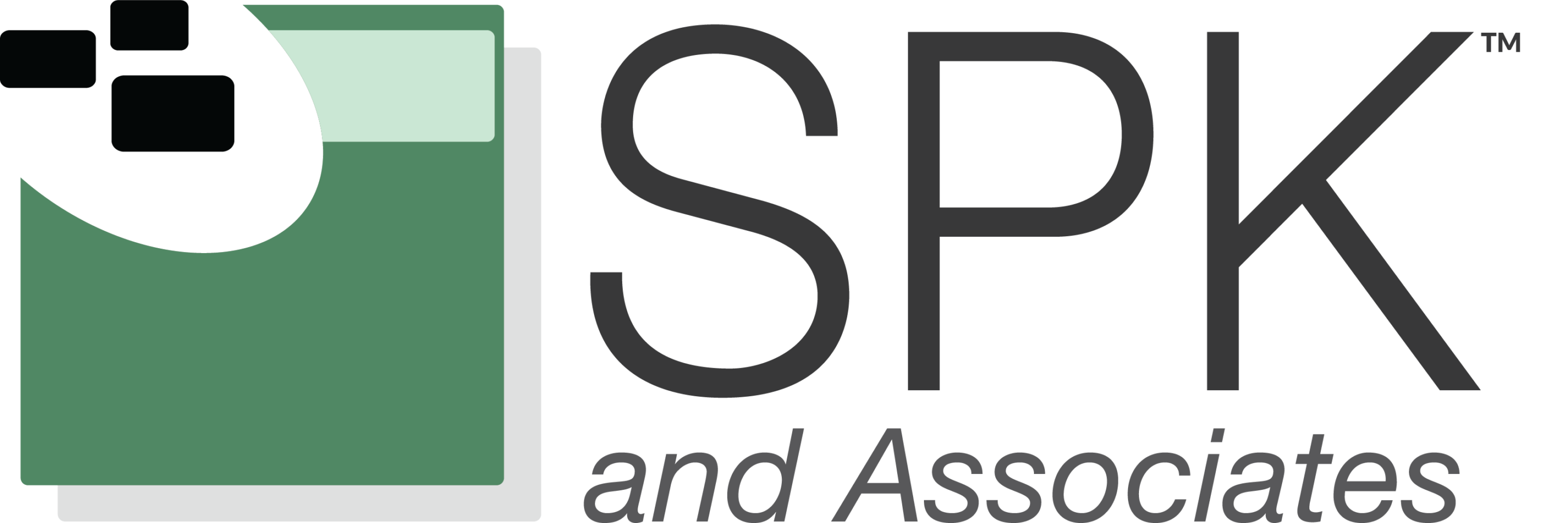Corrective and Preventive Action (CAPA) is a cornerstone of quality management in regulated industries. The CAPA process is essential not only for addressing current issues but also for proactively preventing future ones. It’s systematic, closed-loop, risk-based, and regulatory-driven. Additionally, it is designed to foster continuous improvement and maintain product quality. At SPK and Associates, we help organizations implement robust, traceable CAPA processes using the best-fit tools and integrations, regardless of your current infrastructure. In this blog, we’ll explore how SPK helps build systems around the key CAPA steps using PLM, cloud platforms, and integrated data environments.
What Is CAPA?
CAPA stands for Corrective and Preventive Action. It is a systematic approach for identifying, investigating, resolving, and preventing issues that may impact product quality or compliance. CAPA is a core component of regulatory standards like FDA 21 CFR Part 11, ISO 9001, and cGMP. It is often used in industries such as medical devices, automotive, aerospace, and general manufacturing. It helps companies meet inspectional objectives while improving performance.
Key characteristics of CAPA:
- Systematic: Follows defined steps with documentation.
- Closed-loop: Ensures resolution and recurrence prevention.
- Risk-based: Prioritizes severity and impact.
- Regulatory-compliant: Required by the FDA, ISO, and others.
- Improvement-focused: Drives long-term product and process excellence.
7 Steps to Implement an Effective CAPA Process
1. Identify the Problem and Initiate the CAPA Process
The first step is recognizing a nonconformance, customer complaint, audit finding, or adverse trend. This should trigger the creation of a CAPA case. The issue must be clearly defined, documented, and linked to the relevant product, process, or system.
At SPK, we help organizations capture issues at the point of occurrence by integrating quality management capabilities directly into CAD, PLM, or ERP systems.
2. Investigate the Root Cause Using a Structured Approach
Perform a detailed root cause analysis using tools like the 5 Whys, Fishbone diagrams, or Fault Tree Analysis. The goal is to trace the problem back to its source, not just the symptom.
SPK enables traceability by linking engineering change orders (ECOs) and design files across PDM and QMS systems, ensuring a complete digital audit trail for investigations.
3. Develop an Action Plan for Correction and Prevention
Based on your root cause analysis, define corrective actions (to eliminate the problem) and preventive actions (to avoid recurrence). Your plan should include timelines, responsible individuals, and measurable outcomes.
Our team builds configurable workflows that automatically route CAPA tasks to the appropriate personnel and enforce documentation of actions taken.
4. Implement the CAPA Actions Across Teams
Now it’s time to execute. Depending on the issue, actions may span engineering, manufacturing, supply chain, or customer service. Coordination and communication are key.
SPK uses cloud-based infrastructure and PLM integrations to ensure CAPA action items are assigned, tracked, and logged across functions, whether you’re using Windchill, SolidWorks PDM, or a custom stack.
5. Verify Effectiveness and Prevent Recurrence
Once actions are completed, validate their effectiveness. This may involve testing, audit checks, or trend analysis. Only close the CAPA when you’ve confirmed the issue won’t return.
We embed automated verification steps into workflows and enable analytics dashboards that can track CAPA performance, issue recurrence, and trend data.
6. Document CAPA for Regulatory and Continuous Improvement
Regulatory bodies like the FDA expect comprehensive CAPA documentation, including root cause analysis, action plans, and verification evidence. Your records must be audit-ready and tamper-proof.
SPK configures document management systems to enforce 21 CFR Part 11 compliance, version control, electronic signatures, and audit trails, even across disconnected systems.
7. Create a Culture of Continuous Improvement
CAPA is not just a regulatory requirement; it’s a mindset. Use data from CAPA cases to improve training, adjust designs, refine processes, and enhance customer satisfaction.
Our CAPA implementations feed into broader quality management strategies such as lean manufacturing initiatives.
Why CAPA Is Critical Across Regulated Industries
In industries like medical devices, aerospace, automotive, and manufacturing, the cost of quality failure can be devastating. This ranges from regulatory fines and product recalls to more intense repercussions like patient harm. CAPA systems protect against these risks and support regulatory mandates. For example, in medical devices, FDA auditors scrutinize how CAPA is triggered, how root cause is determined, and whether the effectiveness of corrective actions is verified. In aerospace and automotive, quality system standards like AS9100 and IATF 16949 similarly require structured CAPA approaches.
How SPK Builds CAPA-Ready Systems
At SPK and Associates, we’ve helped clients across highly regulated sectors implement CAPA systems that connect engineering, operations, and quality processes. Whether you use Creo and Windchill, SolidWorks and PDM, or a hybrid of cloud-based and legacy systems, we build:
- Integrated CAPA workflows that align with engineering change processes.
- Audit-ready documentation with version control and traceability.
- Automated prompts that require ECO or ECR numbers before releases.
- Custom integrations between disconnected PLM, QMS, and ERP tools.
- Cloud-based infrastructure to support scalability and remote access.
Our focus is always on helping you reduce risk, improve quality, and pass audits with confidence.




Implementing a CAPA Process
Implementing an effective CAPA process is not just about checking compliance boxes. Instead, it’s about building a resilient organization that learns from issues, avoids costly mistakes, and continuously improves. By following the seven steps outlined in this blog, your organization can lay the foundation for quality excellence. At SPK and Associates, we specialize in tailoring CAPA systems to your business, regardless of your current tools or infrastructure. From cloud integrations to regulatory-ready PLM solutions, our team ensures your processes are efficient, compliant, and built for the future.
Ready to strengthen your CAPA process?
Contact SPK for a free assessment and see how we can optimize your quality and compliance workflows.










